Pronunciation can be a funny old thing… “How do you say… chia?” “How to pronounce quinoa?”
Do you often find yourself wondering how to pronounce some foods names? We’ve had many debates in the office about the pronunciation of foods like chia and acai, so we thought it was time to put these arguments to rest once and for all, and set ourselves straight on the pronunciation of some commonly used gluten-free and vegan foods. You’ve probably got a few of these weird and wonderful ingredients in your cupboards at home, but have you been pronouncing them wrong the whole time?
Chia – CHEE-AH

Chia seeds are the tiny black seeds you often see in all sorts of foods, including chia puddings. This versatile seed contains lots of health benefits, including being rich in fiber, omega-3 and protein. They can be eaten raw on mixed into baking, with the recommended amount being no more than 25 grams a day.
Seitan – SAY-TAN
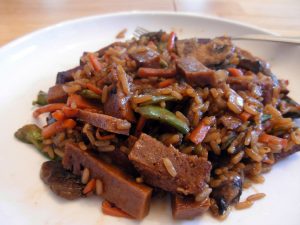
Seitan is used as a vegan meat substitute and made out of hydrated gluten. Full of protein, it is sometimes referred to as wheat protein, so not suitable for those on gluten-free diets.
Acai – AH-SIGH-EE
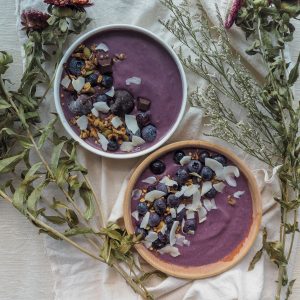
Acai is a purple berry that grows on acai palm trees, and they boast with many impressive health benefits. You’re probably more used to the term when related to smoothie bowls, as acai bowls have become a big Instagram trend in recent years.
Cacao – KAK-OW
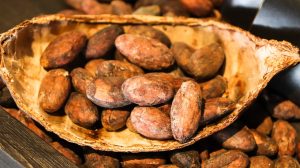
The cacao bean is different from cocoa, despite both being from the same plant. Cocoa is when cacao powder has been roasted, and so provides a very different, more bitter, taste. To remember the difference, think: cAcao is rAw and cOcoa is prOcessed.
Spirulina – SPIR-UH-LINE-AH
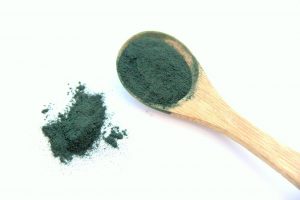
Spirulina is a blue-green algae that can be taken as a dietary supplement or added to juices and smoothies. There are many health benefits to spirulina, including being packed full of nutrients and an antioxidant.
Quinoa – KEEN-WAH
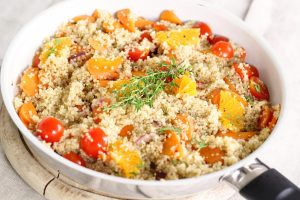
Quinoa is a gluten-free grain crop, used similarly to couscous and rice. It is high in fiber and iron while containing more protein than any other grain.
Psyllium – SIL-EE-UH-M
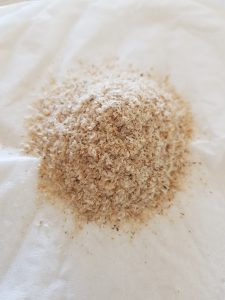
Psyllium husks are a form of fiber made from the seeds of the Plantago plant. It can pass through your body without being broken down or absorbed, instead, it absorbs water. Therefore it can have a laxative effect! In small quantities, it can also be effective for high cholesterol.
Tempeh – TEM-PEY
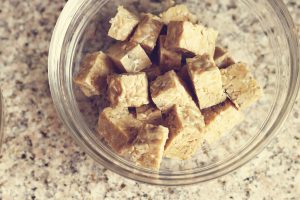
Tempeh is made from fermented soybeans and traditionally comes from Indonesia. Recently, it has been used as a meat substitute, much like tofu, although the two are very different. Tempeh involves less processing, using only whole soybeans, with a different texture. Whereas tofu is made by curdling soy milk, then pressing into blocks. Also, Tempeh has a stronger flavour, which has been described as earthy, mushroom-y, and nutty.
Agave UH-GAH-VEY

Agave nectar or syrup is an alternative to honey often used by vegans, extracted from the agave plant. It is very sweet with a much lower GI value than honey.
